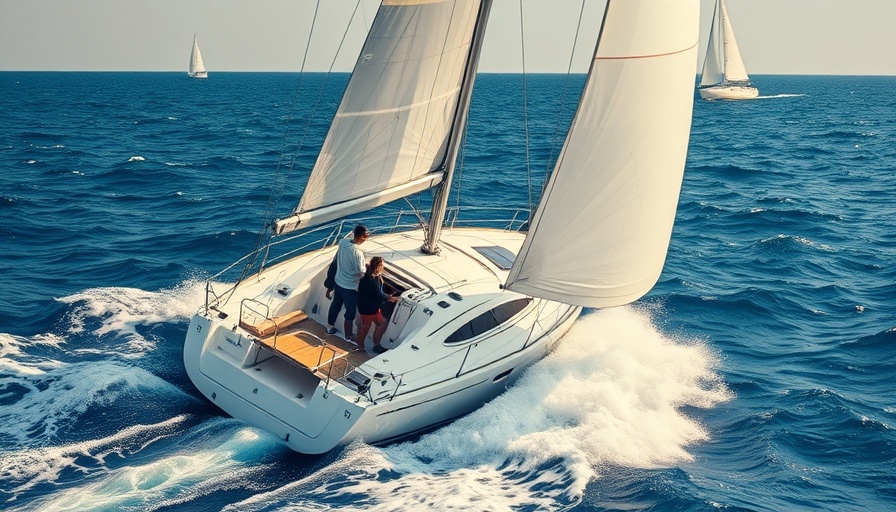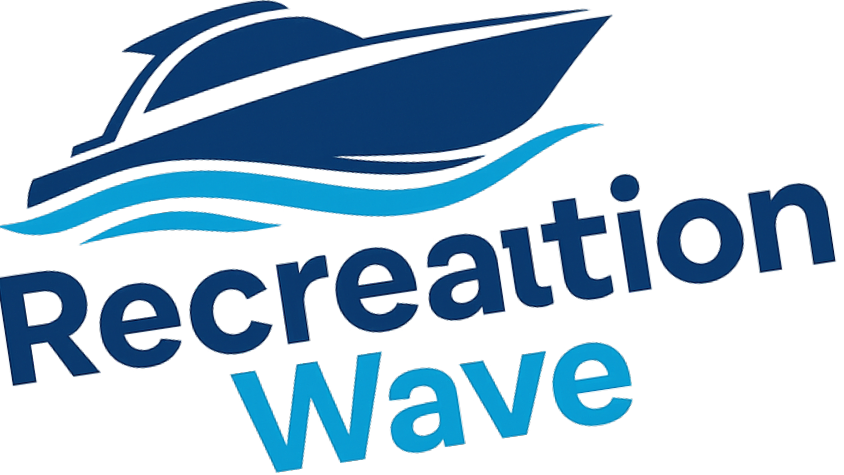
Mastering the Art of Heel Angles in Sailing
For keelboat sailors, understanding heel angles is essential to maximize performance on the water. Chris 'Twiggy' Grube passionately emphasizes the importance of heel angle trim, suggesting it’s not just a technical aspect, but a crucial skill for success during races. The right heel angle impacts rudder dynamics and enhances flow over the foils, which are critical for speed and maneuverability.
Why Heel Angles Matter
Every sailboat class has an optimal heel angle that varies with wind conditions. For instance, in a J/70, the ideal heel angle is around 8° in light winds, increasing up to around 12° in full power conditions, with a max of 14° as a safe limit. Exceeding these angles can lead to poor grip and loss of speed due to side-slipping.
Utilizing Crew Dynamics for Optimal Performance
The Role of Crew in Heel Angle Management
Maintaining the ideal heel angle isn’t solely about equipment – it's a team effort. The concept of having a designated 'heel angle monitor' is instrumental. This crew member is responsible for constantly checking the heel angle and communicating with the helmsman about any adjustments needed based on how the boat feels under different wind pressures.
Body Weight Distribution
In sailing, especially under lighter winds, the weight of the crew plays a vital role. The jib trimmer must adjust their position diligently: shifting inboard during lulls and outward in gusts to balance the boat effectively. This coordination adds power and stability, increasing overall performance.
Harnessing Technology and Awareness
As technology plays an increasingly significant role in sailing, many skippers now utilize heel monitors and digital instruments to gauge angles. However, these tools can have a time lag. It’s essential for sailors to also rely on their intuition and tactile feedback to assess heel angles quickly and efficiently. Striking the right balance between technology and instinct is key.
Practical Tips for Better Heel Angle Management
1. Focus on setup – Ensure your rig settings are adjusted correctly for the expected wind conditions. A well-set-up boat reduces the focus needed during dynamic sailing scenarios.
2. Practice awareness – Encourage the crew to develop a collective sense of when to move. Every adjustment should feel instinctual and coordinated, resulting from training and teamwork.
The journey to mastering heel angles may seem technical, but with practice, you’ll find that sailing is one of the most liberating experiences you can have on the water.
Why Heel Angle Knowledge is Transformative for Sailors
This knowledge not only enhances your sailing skills but fosters a deeper connection with the ocean. Proper heel angles can lead to impressive regatta results, reinforcing the benefits of teamwork and strategy. Furthermore, understanding these techniques aligns with broader values of growth and mindfulness, as sailing teaches patience, respect for nature, and self-discovery.
As you continue your sailing adventures, embrace the nuances of heel angles. Practicing these skills can lead to exciting journeys, new friendships, and accomplishments on the water – driving home the joy that sailing brings.
Call to Action: Ready to elevate your sailing experience? Join a local sailing club or find a class to practice these techniques and meet fellow sailing enthusiasts who share your passion!
 Add Row
Add Row  Add
Add 




Write A Comment